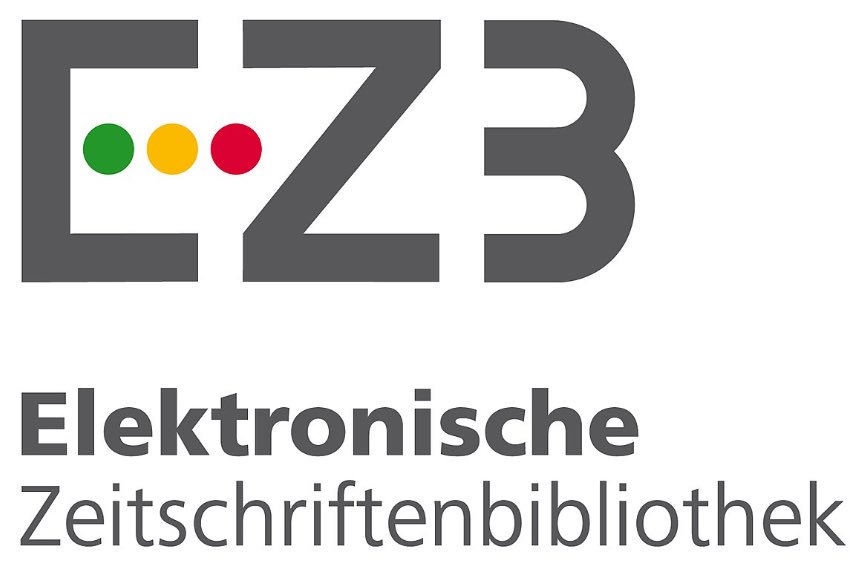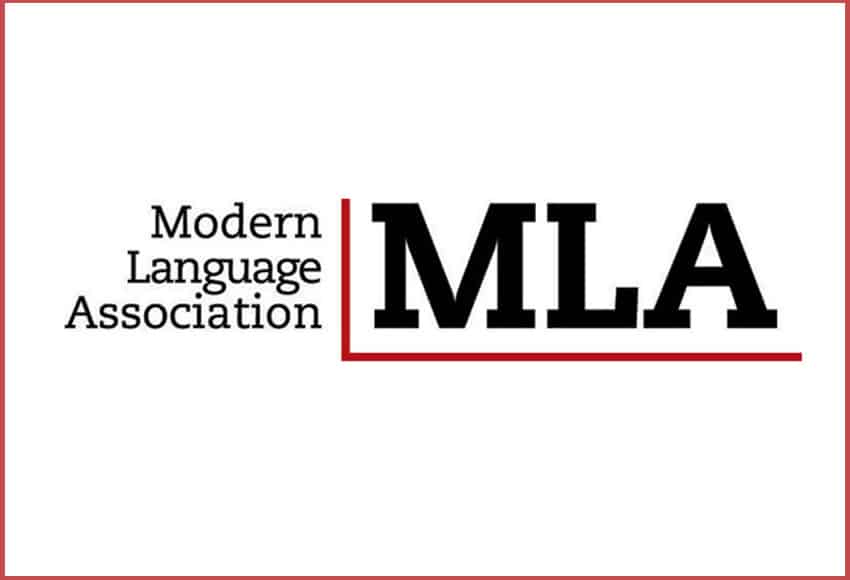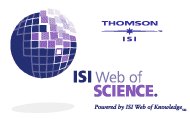Authors
Abstract
In this paper I shall set forth the relative problem of how language can provide an account of the world in representational terms from a picture theory of meaning. The main point of discussion will be based on some of the problems put forward by Plato's dialogue Cratylus, taking into account two central aspects: i) how is that we go, apparently, from the knowledge of the nature of language to the knowledge of the nature of reality, and ii) until what point language is not an obstacle (like a costume) that disguises reality, instead of being a vehicle that allows us to know it. However, the concept or presumption that guides this analysis is the idea that holds that language pictures or depicts the objects of the world. This figurative and representational feature of language will let us establish a link between this Platonic dialogue and Wittgenstein's Tractatus logico philosophicus, in addition to the view that considers that there are forms (the form of names or logical forms) that allow the correspondence between language and world through its primitive elements.
Keywords
References
Platón. Crátilo o del lenguaje. Madrid: Editorial Trotta, 2002. Impreso.
---. Crátilo. México: UNAM, Bibliotheca Scriptorum Graecorum et Romanorum Mexicana, 2008. Impreso.
Putnam, Hilary. Las mil caras del realismo. Barcelona: Editorial Paidós, 1994. Impreso.
Wittgenstein, Ludwig. Tractatus Logico Philosophicus. Madrid: Alianza Editorial, 2001. Impreso.
---. “Conferencia de ética”. Obras Wittgenstein II. Diarios y conferencias. Trad. Fina Birulés. Madrid: Editorial Gredos, 2009. Impreso.

 PDF (Español)
PDF (Español)
 FLIP
FLIP
























